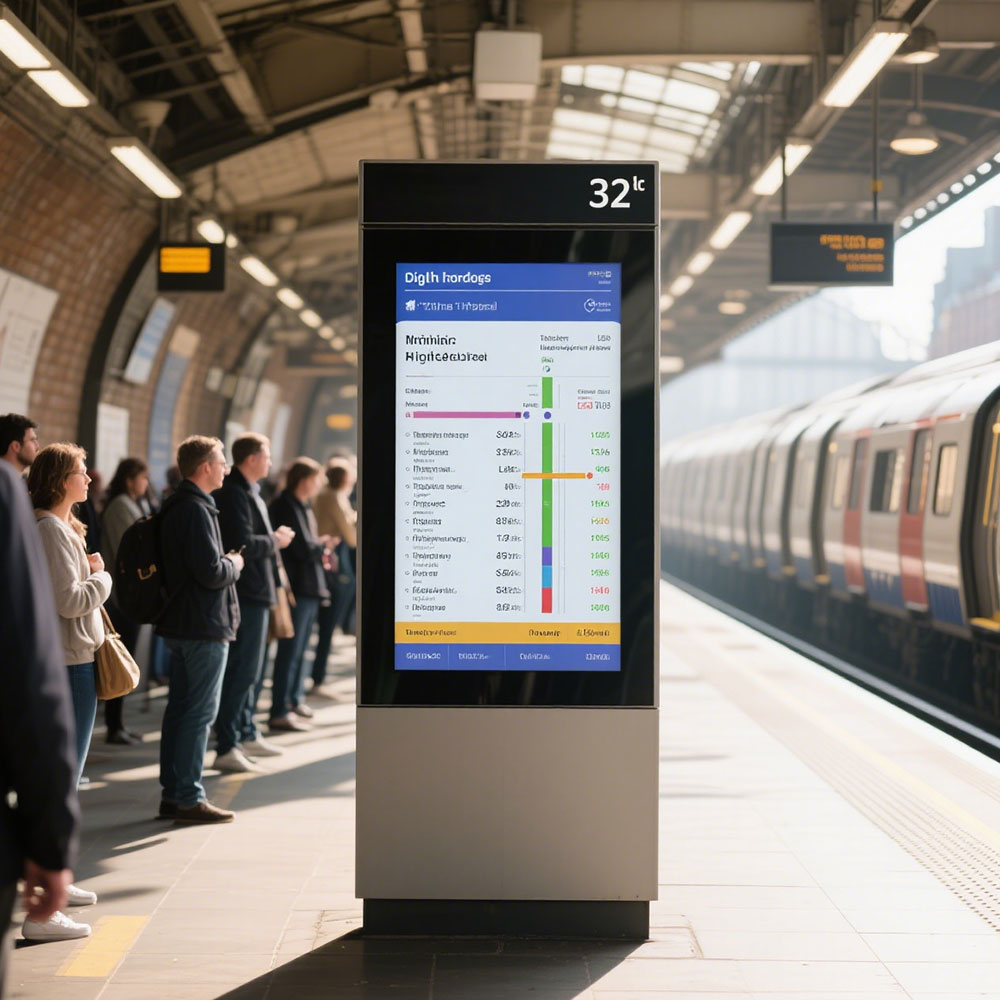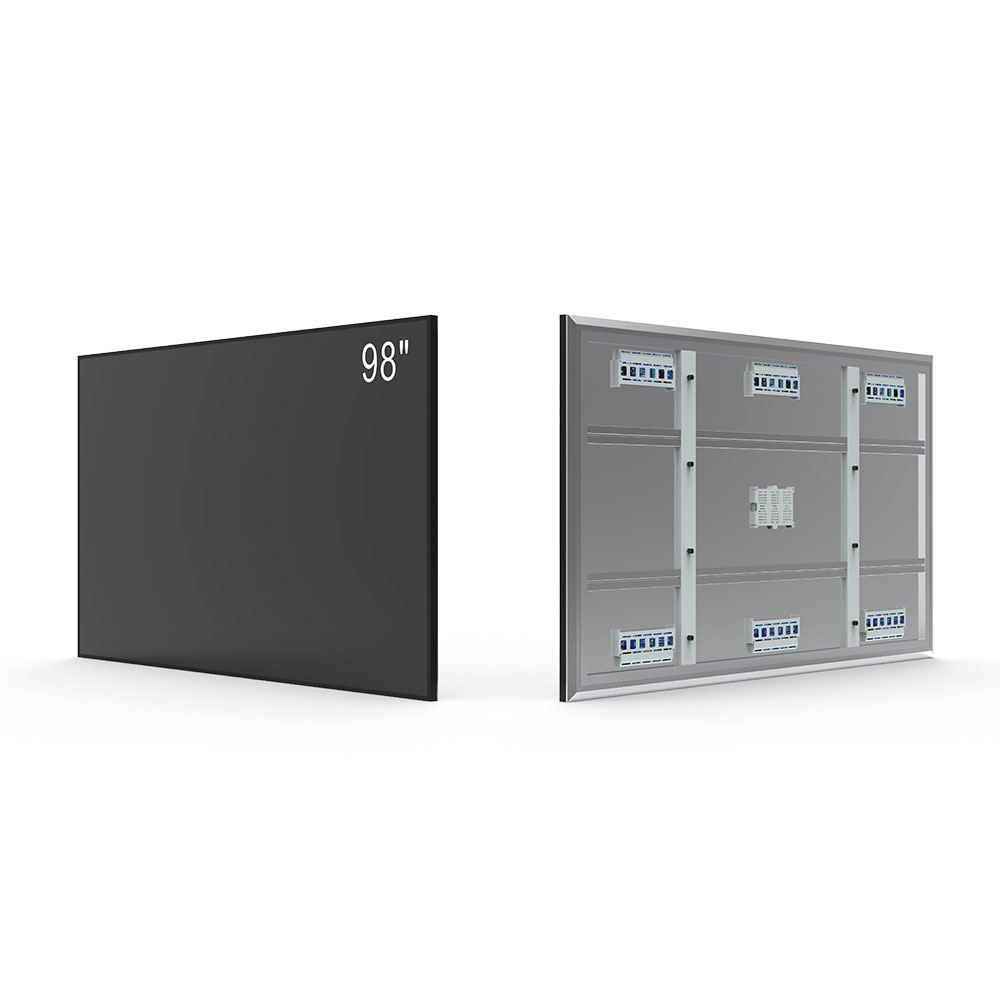For overseas equipment manufacturers and distributors, selecting the right display technology is critical to ensure optimal performance in harsh outdoor environments. Sunlight readable high brightness LCD screens have become a standard solution across industries such as construction, agriculture, transportation, and military applications—where visibility under direct sunlight is non-negotiable.
Modern industrial-grade LCDs now routinely exceed 5,000 nits of peak brightness, with some models reaching up to 10,000 nits—far surpassing consumer-grade displays that typically max out at 1,000–2,000 nits. This level of brightness ensures clear readability even under full sun at noon, a requirement mandated by international standards like MIL-STD-810G and IEC 60945 for marine and ruggedized electronics.
Key technical features include anti-glare coatings, wide viewing angles (up to 178°), and optimized backlighting systems such as LED arrays with precision dimming control. These enhancements reduce eye strain and improve operational efficiency in both daytime and low-light conditions. For example, a recent case study from a leading agricultural machinery manufacturer showed a 30% reduction in operator errors after replacing legacy displays with 7,000-nit sunlight-readable panels on their tractors.

Manufacturers must also consider environmental durability. Industrial-grade screens are often rated IP65 or higher for dust and water resistance, and tested for shock/vibration resilience per EN 60068-2-6. These specifications ensure longevity in vibration-heavy environments like mining vehicles or mobile cranes.
From a supply chain perspective, choosing a trusted supplier with ISO 9001 certification and proven experience in OEM/ODM partnerships is essential. Leading manufacturers like LG Display, Sharp, and COTECNIA provide not only certified components but also design support, firmware integration, and rapid prototyping services tailored to global clients.
In summary, investing in sunlight readable high brightness LCDs is no longer optional—it’s a strategic imperative for global equipment makers aiming to deliver reliable, user-friendly interfaces that perform consistently in extreme conditions. Whether you're sourcing for fleet management systems, heavy-duty trucks, or remote monitoring devices, these displays represent the gold standard in visual clarity and robustness.








